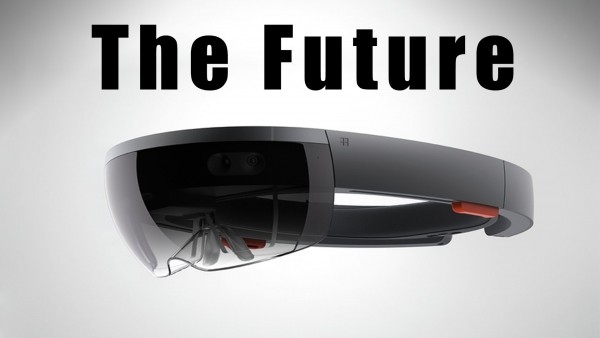Increasing evidence suggests that the virtual reality (VR) division of Apple has already developed prototypes of various VR headsets to fulfill the Cupertino-based tech titan's dream to engage viewers in a new completely computer generated virtual world.
While the VR technology has been around for quite some time now, none of the products developed by different tech manufacturers can be described as satisfactory, thereby failing to take off.
If Apple releases a VR product, it will certainly be big news, but the company is still mum on the issue; however, there are several indications that Apple is currently working on developing VR devices. The Cupertino-based tech giant sees that VR technology may be the next big thing for the company since they have recently witnessed declining revenues from its most popular product - the iPhone.
Recently, Apple has hired Dough Bowman from Virginia Tech. Bowman is considered to be an expert in human-computer interaction, especially 3D interfaces, which would be a necessity for the Cupertino company's VR headsets, Financial Times reported.
Moreover, Apple has acquired the services of Nick Thompson, who earlier served at Microsoft's HoloLens division.
Apple has recently acquired four startups - MetaioFaceShift, PrimeSense and FlyBy Media, all specializing in VR and related technologies, in addition to Oculus for $2. All these suggest that VR will be the next major thing for the Cupertino-based tech behemoth, according to Business Insider.
Recently, Apple Stores has started marketing a product, Mattel's View Master, which transforms an iPhone into a VR headset, giving a hint that the company cannot afford to overlook phone-based VR, which has been mainly promoted by Google till now.
Some recent rumors suggest that Apple's next-gen iPhone, dubbed by some as iPhone 7, is likely to incorporate a new form of camera that would be helpful in augmented reality. A number of OEM in Asia has claimed that they have received orders of dual-lens camera components and some of them have hinted that the orders were placed by Apple.
A smartphone camera with two different lenses and sensors is advantageous in several ways, and may be vital for offering augmented reality, wherein a computer-generated image will be superimposed on the factual world - something akin to Google Glass or HoloLens from Microsoft. Incorporating this technology in iPhones would help the users to experience superior quality augmented reality.
Last, but not the least important, Apple has been making frequent visits to the Virtual Human Interaction laboratory at Stanford University, which is a major stop for most technologists in Silicon Valley who are keen to explore augmented and virtual reality. Although Jeremey Bailenson has been operating the laboratory since 2003, Apple technologists never bothered to visit it until now. But in the last three months, they visited the place thrice, Bailenson pointed out.
All these are ample indications of the fact that Apple is now focusing on augmented and virtual reality like never before.
Watch how you can experience virtual reality using your phone.



























